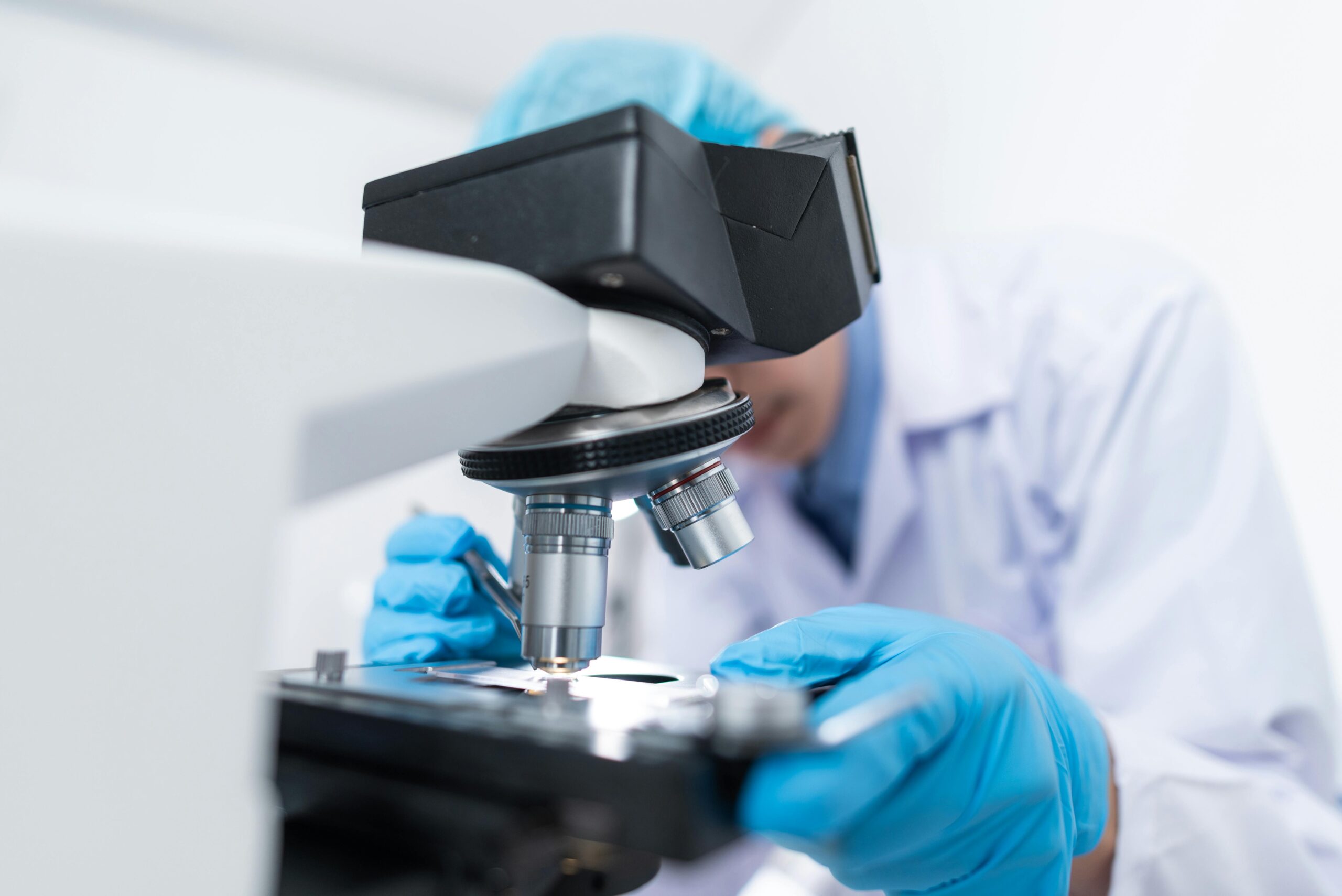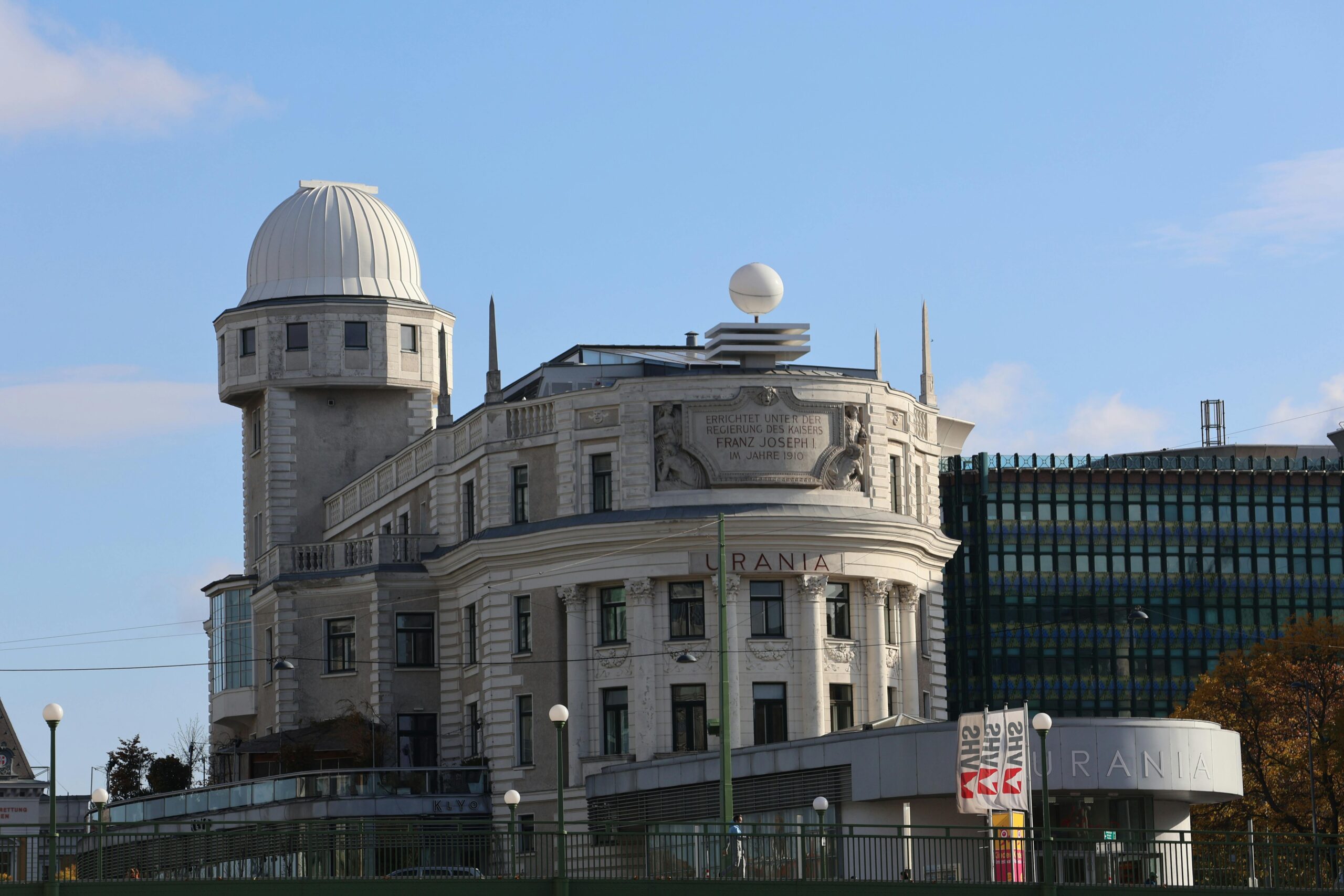The medical landscape is undergoing a profound transformation with induced pluripotent stem cell (iPSC) technology, opening unprecedented possibilities for personalized medicine, disease modeling, and regenerative therapies that were once considered science fiction.
🔬 Understanding the Foundation: What Are iPSCs?
Induced pluripotent stem cells represent one of the most groundbreaking discoveries in modern medicine. These remarkable cells are created by reprogramming adult somatic cells—such as skin or blood cells—back to an embryonic-like pluripotent state. This process allows them to differentiate into virtually any cell type in the human body, from neurons to cardiac cells, without the ethical concerns associated with embryonic stem cells.
The revolutionary technique was pioneered by Dr. Shinya Yamanaka in 2006, earning him the Nobel Prize in Physiology or Medicine in 2012. His discovery fundamentally changed how scientists approach regenerative medicine, drug discovery, and disease research. By introducing four specific transcription factors—Oct4, Sox2, Klf4, and c-Myc, collectively known as Yamanaka factors—mature cells can be reverted to their pluripotent state.
This breakthrough eliminated the need for embryonic stem cells while providing researchers with patient-specific cells that carry the exact genetic makeup of individuals. The implications are staggering: personalized disease modeling, customized drug screening, and potentially unlimited sources of transplantable cells without rejection risks.
The Science Behind Cellular Reprogramming 🧬
Cellular reprogramming is a complex biological process that essentially turns back the clock on cellular development. Adult cells exist in a differentiated, specialized state—they have specific functions and limited flexibility. Reprogramming unlocks their developmental potential, erasing their cellular memory and returning them to a blank slate.
The process involves several critical steps. First, researchers select the source cells, typically easily accessible cells like fibroblasts from skin biopsies or peripheral blood mononuclear cells. Next, they introduce reprogramming factors through various delivery methods, including viral vectors, episomal plasmids, or newer non-integrating approaches that reduce genomic disruption risks.
Over approximately two to four weeks, the cells undergo dramatic morphological and molecular changes. They begin expressing pluripotency markers like NANOG, OCT4, and SSEA-4, indicating successful reprogramming. The efficiency of this conversion has improved significantly since the early days, though it remains a technically challenging process requiring rigorous quality control.
Modern Reprogramming Methods and Safety Improvements
Contemporary reprogramming techniques have evolved considerably from the original retroviral approaches. Scientists now employ Sendai virus vectors, modified mRNA, recombinant proteins, and small molecule cocktails that achieve reprogramming without permanently altering the genome. These advancements substantially reduce the risk of tumorigenicity—one of the initial concerns with iPSC technology.
Researchers have also discovered alternative reprogramming factor combinations that enhance efficiency and safety. Some methods require only two or three factors instead of the original four, while others incorporate chemical compounds that facilitate the transition to pluripotency more smoothly and quickly.
Revolutionary Applications in Disease Modeling 🏥
One of the most impactful applications of iPSC technology lies in disease modeling. Scientists can now generate patient-specific iPSCs from individuals with genetic disorders and differentiate them into the affected cell types. This creates “disease in a dish” models that faithfully recapitulate pathological features of conditions that were previously impossible to study in laboratory settings.
For neurological disorders like Alzheimer’s disease, Parkinson’s disease, and amyotrophic lateral sclerosis (ALS), iPSC-derived neurons provide invaluable insights into disease mechanisms. These conditions primarily affect the brain, making direct tissue sampling extremely difficult or impossible in living patients. iPSC technology bridges this gap, allowing researchers to observe how disease-causing mutations affect neuronal development, function, and degeneration in real time.
Cardiovascular diseases benefit similarly from iPSC modeling. Scientists have successfully created cardiac cells from patients with inherited arrhythmias, cardiomyopathies, and other heart conditions. These models reveal how specific genetic variants disrupt normal cardiac function at the cellular and molecular levels, providing targets for therapeutic intervention.
Rare Disease Research Gets a Powerful Tool
Rare diseases, which collectively affect millions worldwide but individually impact small populations, have historically struggled for research attention and funding. iPSC technology democratizes rare disease research by enabling scientists to generate patient-specific models without requiring large cohorts or invasive biopsies from affected organs.
Conditions like Timothy syndrome, Rett syndrome, and various metabolic disorders now have cellular models that accelerate understanding of disease pathophysiology. This research often uncovers mechanisms relevant to more common conditions, creating unexpected therapeutic opportunities across disease categories.
Personalized Drug Discovery and Screening 💊
The pharmaceutical industry faces enormous challenges in drug development. Traditional drug screening uses immortalized cell lines or animal models that often fail to predict human responses accurately. This contributes to the staggering failure rate in clinical trials, where approximately 90% of candidate drugs never reach approval.
iPSC technology transforms this paradigm by enabling drug testing on human cells with specific genetic backgrounds. Pharmaceutical companies can screen compounds on iPSC-derived cells from multiple patients, identifying which individuals might respond favorably to treatments and which might experience adverse effects. This precision medicine approach promises to make drug development more efficient, cost-effective, and successful.
Cardiotoxicity testing exemplifies this application. Many promising drugs have failed in late-stage development or been withdrawn from markets due to unexpected cardiac side effects. By testing compounds on iPSC-derived cardiomyocytes from diverse genetic backgrounds, researchers can identify cardiotoxic potential early in development, saving years of research and billions of dollars.
Accelerating Treatment for Genetic Conditions
For patients with genetic disorders, iPSCs enable personalized therapeutic screening. Scientists can test existing FDA-approved drugs on patient-specific cells to identify repurposing opportunities—finding new uses for established medications. This drug repurposing strategy significantly accelerates treatment availability since these medications have already cleared safety hurdles.
Recent success stories include identifying effective treatments for certain forms of amyotrophic lateral sclerosis, spinal muscular atrophy, and inherited metabolic disorders through iPSC-based screening approaches. These discoveries translate rapidly to clinical applications, directly benefiting patients who previously had limited therapeutic options.
Regenerative Medicine and Cell Therapy Advances 🔄
Perhaps the most ambitious application of iPSC technology involves regenerative medicine—replacing diseased or damaged tissues with healthy cells derived from iPSCs. This approach holds potential for conditions where current treatments merely manage symptoms without addressing underlying tissue loss or dysfunction.
Clinical trials are currently underway for iPSC-derived therapies targeting various conditions. In ophthalmology, researchers have transplanted iPSC-derived retinal pigment epithelial cells into patients with age-related macular degeneration, showing promising safety profiles and potential efficacy. These early-phase studies represent crucial steps toward validating iPSC-based regenerative approaches.
Parkinson’s disease treatment represents another frontier for iPSC therapeutics. Since the condition results from loss of specific dopamine-producing neurons, researchers are developing protocols to generate these neurons from iPSCs for transplantation. Early clinical trials in Japan and the United States are evaluating safety and preliminary efficacy of these approaches.
Engineering Complex Tissues and Organoids
Beyond individual cell types, scientists are coaxing iPSCs to self-organize into three-dimensional structures called organoids—miniature, simplified versions of organs. These brain organoids, liver organoids, kidney organoids, and others recapitulate key aspects of organ development and architecture, providing unprecedented models for studying human development, disease, and potential therapeutic interventions.
Organoid technology combined with bioengineering approaches like 3D bioprinting may eventually enable creation of transplantable organs. While fully functional, transplantable organs remain years away, the rapid progress in organoid maturation, vascularization, and functional integration suggests this goal is achievable within coming decades.
Overcoming Challenges: Safety, Scalability, and Standardization ⚖️
Despite tremendous promise, iPSC technology faces significant challenges that must be addressed before widespread clinical implementation becomes reality. Tumor formation risk, though substantially reduced with modern reprogramming methods, remains a critical safety concern. Even small numbers of undifferentiated pluripotent cells in therapeutic preparations could potentially form teratomas—tumors containing multiple tissue types.
Researchers are developing rigorous purification protocols and quality control measures to eliminate undifferentiated cells from therapeutic preparations. Advanced flow cytometry, molecular characterization, and functional assays help ensure that only properly differentiated cells are used in transplantation. Some approaches incorporate genetic safety switches that allow selective elimination of any remaining pluripotent cells.
Manufacturing scalability presents another hurdle. Current iPSC generation and differentiation protocols are labor-intensive, time-consuming, and expensive. Producing clinical-grade iPSC-derived cells in quantities sufficient for therapeutic applications requires extensive optimization and automation. Bioreactor systems, automated cell culture platforms, and standardized media formulations are advancing to meet these manufacturing demands.
Establishing Regulatory Frameworks and Standards
The regulatory landscape for iPSC-based therapies is still evolving. Agencies like the FDA, EMA, and PMDA are working to establish appropriate frameworks that ensure safety while not stifling innovation. Questions about characterization requirements, potency assays, identity testing, and acceptable risk thresholds are being addressed through ongoing dialogue between regulators, industry, and academia.
International standardization efforts aim to establish best practices for iPSC derivation, banking, characterization, and differentiation. Organizations like the International Stem Cell Banking Initiative and the Global Alliance for iPSC Therapies facilitate collaboration and harmonization across research groups and countries, accelerating progress toward clinical applications.
Economic Impact and Healthcare Accessibility 💰
The economic implications of iPSC technology extend far beyond individual therapeutic applications. This technology promises to reshape pharmaceutical development economics by reducing failure rates and development timelines. More efficient drug discovery translates to lower costs, potentially making treatments more affordable and accessible.
The emerging iPSC industry encompasses biotechnology companies, contract research organizations, cell banking facilities, and specialized service providers. This ecosystem creates high-value employment opportunities and drives innovation across related fields including bioinformatics, automation, quality control, and regulatory science.
Healthcare systems stand to benefit from iPSC-based regenerative therapies that address root causes rather than merely managing chronic conditions. While upfront costs for cell therapies are substantial, they may prove cost-effective compared to lifelong management of chronic diseases. Economic analyses suggest that curative or significantly disease-modifying therapies could reduce overall healthcare expenditures for conditions like diabetes, heart failure, and neurodegenerative diseases.
Addressing Healthcare Equity Concerns
As with many advanced medical technologies, ensuring equitable access to iPSC-based therapies presents challenges. The personalized nature of autologous iPSC therapies—where patients receive cells derived from their own tissues—inherently creates affordability barriers. Manufacturing individualized cell products for each patient is significantly more expensive than mass-producing conventional pharmaceuticals.
Allogeneic approaches, where universal donor iPSC lines are created from individuals with specific HLA types, offer potential solutions. These “off-the-shelf” cell products could be manufactured at scale, reducing costs and improving accessibility. HLA-matched cell banks could provide compatible cells for large percentages of populations, particularly when combined with immunomodulatory strategies that reduce rejection risk.
The Future Landscape: Where iPSC Technology is Heading 🚀
The trajectory of iPSC technology points toward increasingly sophisticated applications. Gene editing tools like CRISPR-Cas9 combined with iPSCs enable correction of disease-causing mutations before differentiation and transplantation. This combination creates possibilities for truly curative therapies where patients receive functional cells with corrected genetics derived from their own tissues.
Artificial intelligence and machine learning are accelerating iPSC research by optimizing reprogramming protocols, predicting differentiation outcomes, identifying quality markers, and analyzing complex datasets from disease models. These computational approaches uncover patterns invisible to human researchers, suggesting novel therapeutic targets and improving manufacturing efficiency.
Synthetic biology approaches are expanding what’s possible with iPSC technology. Researchers are engineering iPSC-derived cells with enhanced capabilities—neurons that resist degeneration, immune cells that better target tumors, or insulin-producing cells that respond more precisely to glucose levels. These enhanced cellular therapeutics represent the next generation of regenerative medicine.
Integration with Other Cutting-Edge Technologies
The convergence of iPSC technology with other biomedical innovations amplifies its potential. Organ-on-chip platforms integrate iPSC-derived tissues with microfluidic systems that simulate physiological conditions, creating sophisticated models for drug testing and disease research. These systems may eventually replace animal testing for many applications, improving predictive accuracy while reducing ethical concerns.
Wearable sensors and digital health technologies could complement iPSC-based therapies by monitoring therapeutic outcomes in real-time. This integration enables personalized adjustment of treatments and early detection of complications, optimizing patient outcomes and accelerating clinical development of new therapies.
Transforming Medical Education and Research Training 📚
iPSC technology is reshaping how medical professionals and researchers are trained. Medical students now learn about regenerative medicine and personalized therapeutics as core components of their education rather than futuristic concepts. Understanding stem cell biology, cellular reprogramming, and precision medicine becomes essential for tomorrow’s healthcare providers.
Research training increasingly emphasizes interdisciplinary skills combining molecular biology, engineering, bioinformatics, and clinical knowledge. The complexity of iPSC research demands collaboration across traditional disciplinary boundaries, fostering a new generation of scientists comfortable working at these intersections.
Patient engagement and education also evolve as iPSC therapies progress toward clinical reality. Healthcare providers must effectively communicate these complex concepts to patients, explaining potential benefits, limitations, and realistic timelines for therapeutic availability. Informed consent processes for iPSC-based clinical trials require careful attention to ensuring participant understanding.

Building Momentum: The Path Forward for iPSC Healthcare Revolution ✨
The iPSC revolution in medicine represents more than technological advancement—it embodies a fundamental shift in how we approach healthcare. Moving from reactive treatment of symptoms toward proactive, personalized, and potentially curative interventions transforms the patient experience and healthcare outcomes.
Continued investment in basic research, clinical translation, manufacturing infrastructure, and regulatory science is essential for realizing this technology’s full potential. Public-private partnerships accelerate progress by combining academic innovation with industry resources and expertise. Patient advocacy organizations play crucial roles in raising awareness, supporting research funding, and ensuring that development priorities align with patient needs.
International collaboration enhances iPSC research efficiency and ensures that discoveries benefit global populations. Sharing cell lines, standardized protocols, datasets, and best practices accelerates the entire field while reducing redundant efforts. Open science approaches, where researchers share findings rapidly and transparently, have proven particularly valuable in stem cell research.
The integration of iPSC technology into mainstream healthcare will be gradual, beginning with specific applications where benefits clearly outweigh risks and expanding as evidence accumulates and manufacturing capabilities mature. Early therapeutic successes will build confidence, attract investment, and establish precedents that pave the way for broader implementation.
As we stand at this transformative moment in medical history, iPSC technology represents both remarkable achievement and immense potential. The ability to reprogram cells opens doors previously locked by biological constraints, offering hope to patients with currently untreatable conditions and reshaping what’s possible in medicine. While challenges remain, the momentum is undeniable—iPSCs are revolutionizing healthcare, one cell at a time, bringing us closer to a future where personalized, regenerative medicine becomes standard rather than exceptional care.
Toni Santos is a longevity writer and regenerative medicine researcher dedicated to exploring how biology, technology, and ethics can extend healthspan. With a focus on cellular repair and anti-aging biotechnology, Toni examines how next-generation therapies translate lab breakthroughs into real-world vitality. Fascinated by stem cell science, telomere dynamics, and systems biology, Toni’s journey bridges research reviews, expert interviews, and clear public communication. Each article he shares aims to separate evidence from hype—helping readers understand what’s promising, what’s premature, and what truly supports long-term health. Blending molecular biology, clinical insight, and accessible storytelling, Toni investigates interventions that target the root drivers of aging. His work honors responsible innovation—prioritizing safety, transparency, and human wellbeing in the pursuit of extended healthspan. His work is a tribute to: Anti-aging biotechnology grounded in rigorous evidence Cellular rejuvenation pathways that restore function and resilience Stem cell and telomere research advancing ethical longevity care Whether you’re a clinician, researcher, or health enthusiast, Toni Santos invites you to explore the frontiers of regeneration—one discovery, one mechanism, one healthier year at a time.




